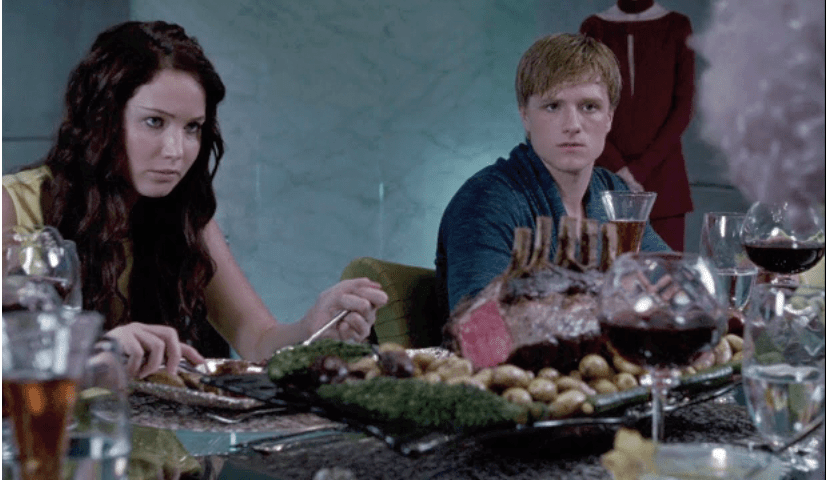What Zelda Teaches About Trading
Dr. Jim finds a Link between video gaming and options trading
Today’s players don’t have a clue about true gaming. They’ve never toiled in the original Legend of Zelda’s sea of frustration, searching in vain for the secret passage to the next dungeon. They haven’t scanned the same rocks and bushes repeatedly before calling the Nintendo Hotline for help.
The stress. The struggle. The strife!
But today? Any gamer saddling up for the recently released Legend of Zelda: Link’s Awakening deals with a roadblock for no more than 18 seconds before googling for help. Then, the next six steps are autocompleted and clearly outlined in the search bar without Link even breaking stride on the screen.
The injustice.
In any event, whether it’s old-school 1994 Zelda or new-school 2019 Zelda, role-playing games (RPGs), are a special breed. Players escape reality as they create characters, hone skills and overcome obstacles. Little wonder that fantasy games have been a generational favorite.

And the best part? The learning that takes place inside a gaming console doesn’t have to become irrelevant when the game has elapsed. That knowledge counts when it’s transferred to physical training. It’s live. It’s a real-time RPG, where progress is palpable and setbacks sting. It’s not dragging Link out into the fields to beat up on some Bubbles just to stockpile enough Rupees to snag a new sword.
It’s rolling onto the rubber mats to beat up on some dumbbells—to stretch the muscle fibers beyond their limits and force hypertrophy. It’s strapping into the Lifecycle Bike to blast through some intervals. It’s analyzing macros and studying calories to become better.
Faster. Stronger. Leaner. Better.
It’s not a fantasy world where failures are erased by a swift tap of the reset button, and it’s not a fictitious game where successes float off into the darkness that is cyberspace.
It’s real life, where potential is unlocked and barriers are smashed. The end game is in the eye of the beholder, and the sky’s the limit. There’s no last dungeon to conquer or final boss to beat. It’s an ongoing application of kaizen—the Sino-Japanese word for improvement.
And in that way, is it any different from trading?
A new trader is like a young Link in the Original. Naive about options, without a thought about what’s really going on. Simply building a Watchlist of stocks or opening a vertical spread is a big victory.

But as time goes by, just as Link graduates from struggling through a Bubble showdown to comfortably warding off some Wizzrobes, new traders become not-so-new traders. They gain experience, become seasoned and grow mature. Building a watchlist morphs into scanning for high-volatility stocks, and executing a vertical spread evolves into closing a profitable short strangle. Time in the markets begins to show a correlation with trade success, and volatility no longer promote headaches but instead presents opportunities.
And like Link starting to find his way, once he’s notched a couple of dungeons and taken out a few of Ganon’s henchmen, a trader settles into a rhythm. Doors are no longer hidden and passageways are no longer secret. Instead, the pathway forward to rescue Zelda becomes clear.
Jim Schultz, Ph.D., a derivatives trader, fitness expert, owner of livefcubed.com and the daily host of From Theory to Practice on the tastytrade network, was named North American Natural Bodybuilding Federation’s 2017 Novice Bodybuilding Champion. @jschultzf3



















